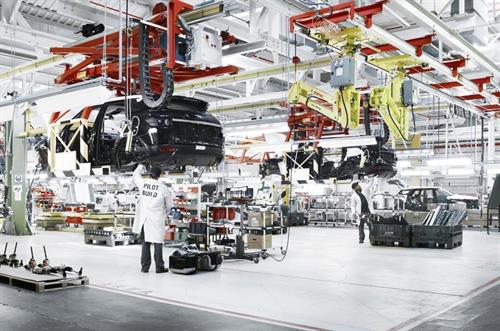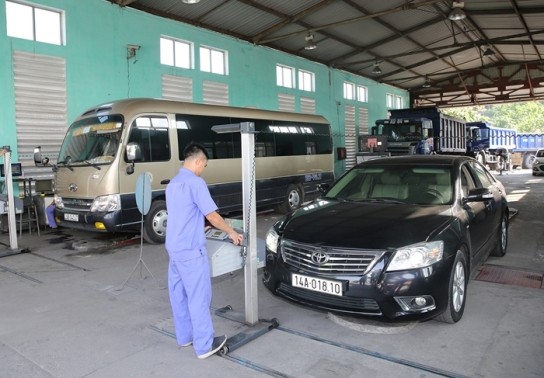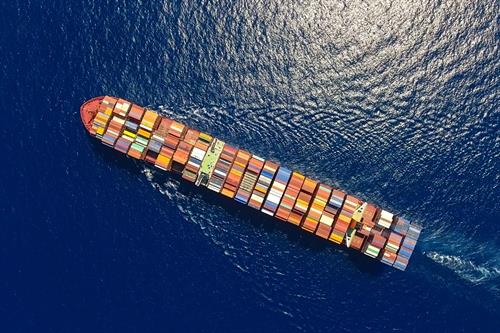According to a report from the Institute of Marine Engineering, Science and Technology (IMarEST): Shortage of skilled labor, environmental pollution and technology adoption are challenges the maritime industry faces in the next decade.
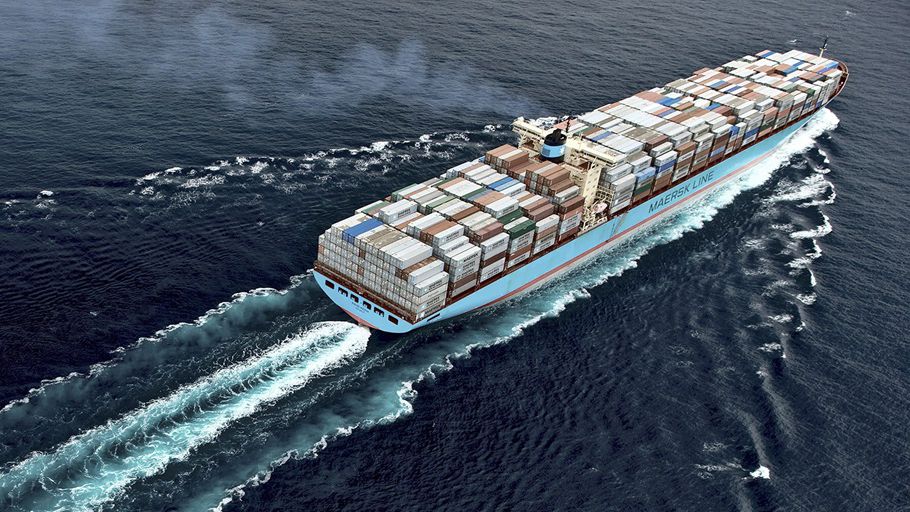
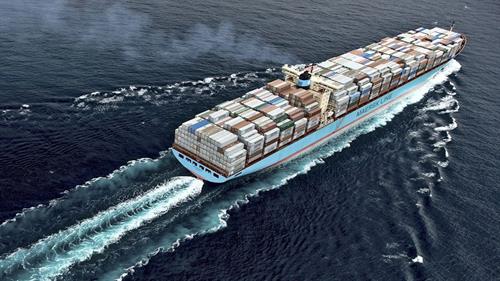
A report from the Institute of Marine Engineering, Science and Technology (IMarEST) points to skills, technology and environment as challenges in the maritime industry. Based on the assessments of more than 700 experts at IMarEST, the report assesses the challenges the maritime industry faces over the next decade.
Accordingly, the first challenge the maritime industry faces is related to people and skills. This challenge comes from the ability to attract new talent and maintain the expertise of existing personnel. Experts blame the lack of interest among young people in the technical field; lack of experienced engineers, especially in practice; Technical education, knowledge and “the general shortage of engineers are the four main causes of the challenge.
According to Mr. Martin Shaw, representative of IMarEST, said: The impact of Covid-19 on the maritime industry, the political conflict between Russia and Ukraine has affected about 30% of personnel in this industry. Besides, IMarEST's report also points out that: Environmental protection is one of the major issues facing the maritime industry in the medium and long term. Environmental issues include decarbonization, climate change mitigation and the ability to meet regulations and commitments.
Previously, statistics from the International Maritime Organization (IMO) showed that the shipping industry was responsible for nearly 3% of gas transported worldwide. Therefore, the use of green fuel in transportation by companies can be a "turning point" in helping reduce carbon emissions globally.
“The issue of sustainability has become mainstream, especially in the shipping sector. From a fringe topic, this issue is now receiving more and more attention and participation from businesses. Therefore, IMarEST hopes to be able to provide insight into challenges and offer potential solutions," added Alastair Fischbacher, President of IMarEST.
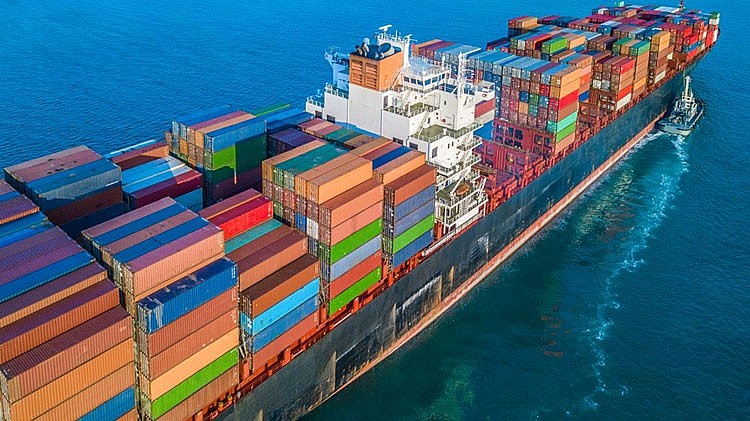
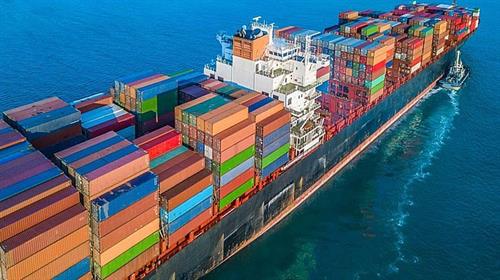
In addition, technology is also considered by IMarEST as a challenge and opportunity for the shipping industry. Increasing digitalization, expanding autonomous transportation and applying artificial intelligence are factors expected to drive the development of this industry.
In addition to the above report, IMarEST together with Protolabs also conducted a Digital Manufacturing survey, in which 65% of respondents identified decarbonization and shortages of skilled workers as challenges for with the maritime sector.
According to IMarEST representative Tim Kent, the results of the two surveys have shown a number of challenges the shipping industry must face in the next decade. Importantly, this sector needs to apply advanced technologies to achieve its environmental and sustainable development commitments, while at the same time, maintaining commercial values.
Container shipping prices from Asia to the US decreased by 60%
According to the Freightos Baltic index, the cost of shipping a 40-foot container from China to the West Coast of the United States decreased by 62%, falling to about 5,400 USD. At the same time, the shipping price of a shipping container to Europe from Asia costs about 9,000 USD, 42% lower than at the beginning of the year.
Although the freight rates on these two routes are still higher than before the pandemic, they have dropped sharply from the peak of more than 20,000 USD in September 2021. Previously, shipping rates increased nearly 10 times in 2021 when supply chain disruptions occurred, containers were stagnant at ports and demand for goods skyrocketed, causing importers to compete for space on ships. . Some large US retail chains such as Walmart even charter entire freight trains to solve congestion problems.
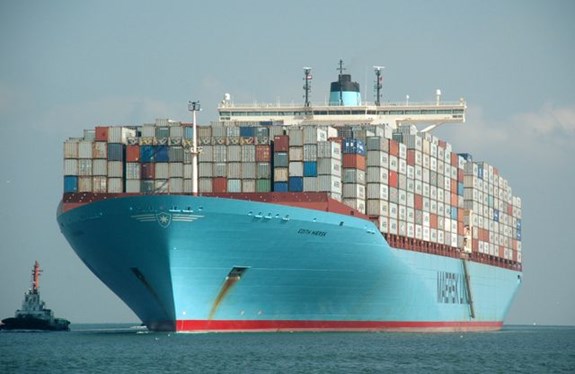
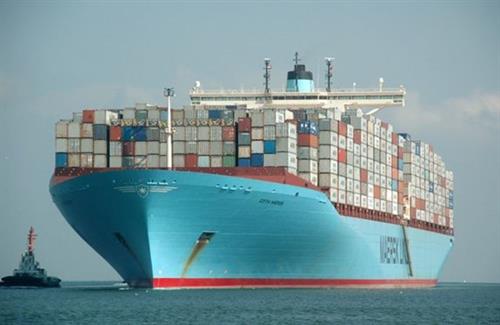
Pointing out the reasons for low shipping prices, Jonathan Roach, a transportation analyst at London-based consulting firm Braemar, said: “The context of a potential global recession, due to Rising energy and rapid inflation are causing the market to go down.”
“In addition, the boom in demand for consumer products during the Covid-19 pandemic has subsided, and spending on travel, entertainment and services began to revive in 2021. one of the reasons," this expert added.
According to analysis of ship owners and analysts, ocean freight rates will continue to decrease in the following months of 2022 and last until 2023. A series of new containers will come into operation in the next 2 years at a low rate. Fleet growth is expected to exceed 9% from 2023-2024. Braemar's forecast shows that growth in the number of containers will fall to negative levels next year, before increasing again to about 2% in 2024.

